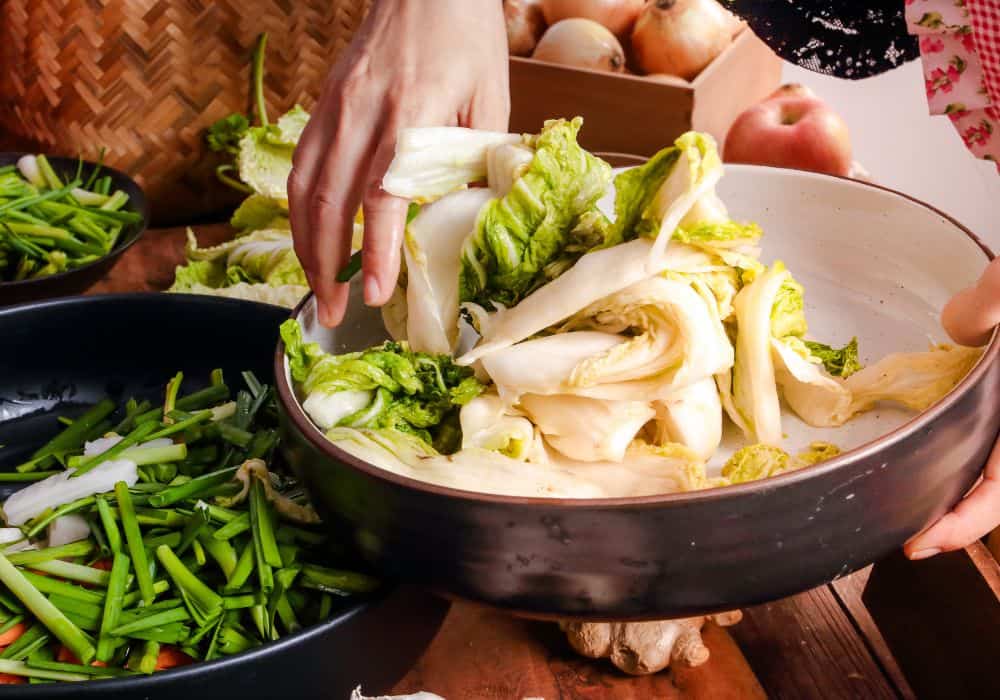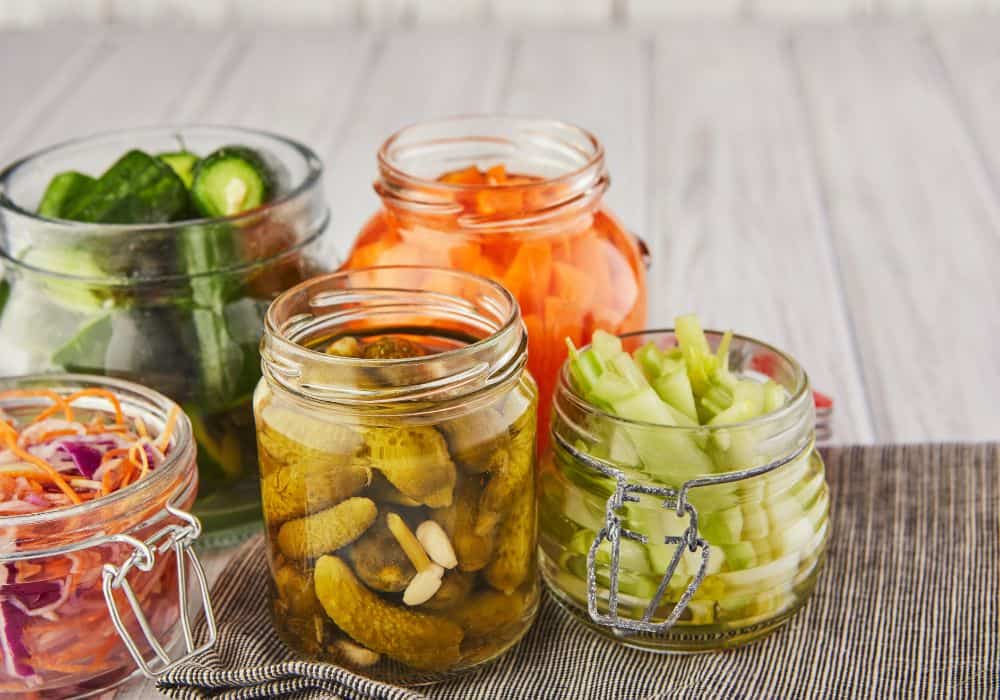
Navigating college life can be challenging. Between studying, handling assignments, and keeping up with school commitments, students often look for avenues to relax, learn something new, and perhaps even adopt healthier habits. Fermentation is one such avenue. With the rising popularity of fermented foods, many students are venturing into the world of homemade kombucha and kimchi. And, while many seek a paper writing service to make a PowerPoint for me, DIY fermentation offers a refreshing break from digital screens.
Table of Contents
Why Consider Fermentation?
In recent years, the ancient art of fermentation has made a significant comeback, especially among health enthusiasts. The reason? The myriad of health benefits it offers.
Health Benefits
Fermented foods are not only delicious but are also bursting with probiotics, which play a crucial role in maintaining gut health. These probiotics, or “good” bacteria, aid in digestion, boost the immune system, and can even enhance mood by promoting the production of certain beneficial neurotransmitters. For students already burdened with the rigors of academic pursuits, managing assignments, and tackling the challenges of college life, incorporating fermented foods can be an excellent way to bolster their health. Often, the college environment can lead to irregular eating habits, reliance on fast food, and erratic schedules. Here, foods like kombucha, a fermented tea rich in antioxidants, and kimchi, a spicy Korean dish made of fermented veggies, offer a tasty solution to gut health woes. Consuming these can provide students with a protective shield against digestive problems.
Affordability and Eco-Friendly Aspect
Given the constraints of a typical student budget, managing expenses becomes a significant concern. Add to that the aspiration to eat healthily, and the challenge compounds. However, fermenting foods at home, such as kombucha and kimchi, offers an economical way out. Not only does it ensure the intake of premium, fresh ingredients, but it also eliminates the cost associated with store-bought fermented products. In addition to the cost benefits, there’s an environmental angle. Homemade fermentation drastically reduces the reliance on commercially packaged products, therefore cutting down plastic and packaging waste. It’s a win-win for both students and the environment.
A Beginner’s Guide to Dorm Room Fermentation
Embarking on the Kombucha Journey
For novices, starting with kombucha can be an exciting venture. The primary requirement is a SCOBY, which stands for Symbiotic Culture Of Bacteria and Yeast. This might seem a bit scientific, but in essence, it’s the life force behind kombucha fermentation.
- Begin by brewing your preferred tea, either black or green.
- Introduce sugar into the hot tea, allowing it to dissolve seamlessly.
- Once cooled to room temperature, the SCOBY is introduced along with a bit of pre-existing kombucha, which acts as a fermentation kickstarter.
- This mixture needs to breathe, so cover it with a cloth, securing it with a rubber band.
- Let the magic happen over a week. With time, the brew develops a tangier taste profile.
- Once the desired tanginess is achieved, it’s time to bottle the kombucha and relish it.
The Allure of Homemade Kimchi
While kombucha is all about the brew, kimchi is a more hands-on experience, which promises flavors that tantalize the taste buds.
- Begin by segmenting Napa cabbage and salting the pieces.
- This salted cabbage is left undisturbed for several hours, drawing out its inherent moisture.
- In parallel, a spicy paste is conjured up using garlic, ginger, sugar, fish sauce, water, and the all-important Korean red pepper flakes.
- This paste becomes one with the cabbage, ensuring each piece is thoroughly coated.
- The next step is to transfer this mix to jars, ensuring minimal air pockets.
- A week of fermentation later, the kimchi is ready to be transferred to a refrigerator.
It’s crucial to remember that fermentation is influenced by ambient temperatures. A cooler dorm room might lead to slower fermentation, while a toastier environment might hasten it.
Mastering the Fermentation Game: Tips for Students
1. Prioritizing Hygiene
While students often find themselves buried under heaps of books, assignments, and continuous learning, when it comes to fermentation, cleanliness cannot take a back seat. Ensuring clean containers, utensils, and hands can make or break the fermentation process.
2. Managing Limited Space
Space is often a luxury in packed dorm rooms. However, for successful fermentation, a dedicated, undisturbed spot is essential. Whether it’s a quiet corner of a study table or a dedicated space in a shared kitchen, positioning matters.
3. Embracing the Wait
Patience isn’t just for those awaiting exam results or feedback on projects. It’s the cornerstone of fermentation. The process can’t be hurried. Just as nature takes its time to perfect flavors and textures, students need to learn the art of waiting, allowing the fermentation process to run its natural course.
Conclusion
With a plethora of benefits and the joy of creating something from scratch, fermentation can be a delightful addition to college life. It’s not just about food but the experience of cultivating patience, understanding processes, and enjoying the fruits (or ferments) of your labor. And just like seeking the best research paper writing service for academic excellence, venturing into fermentation can be a step toward a healthier lifestyle.


